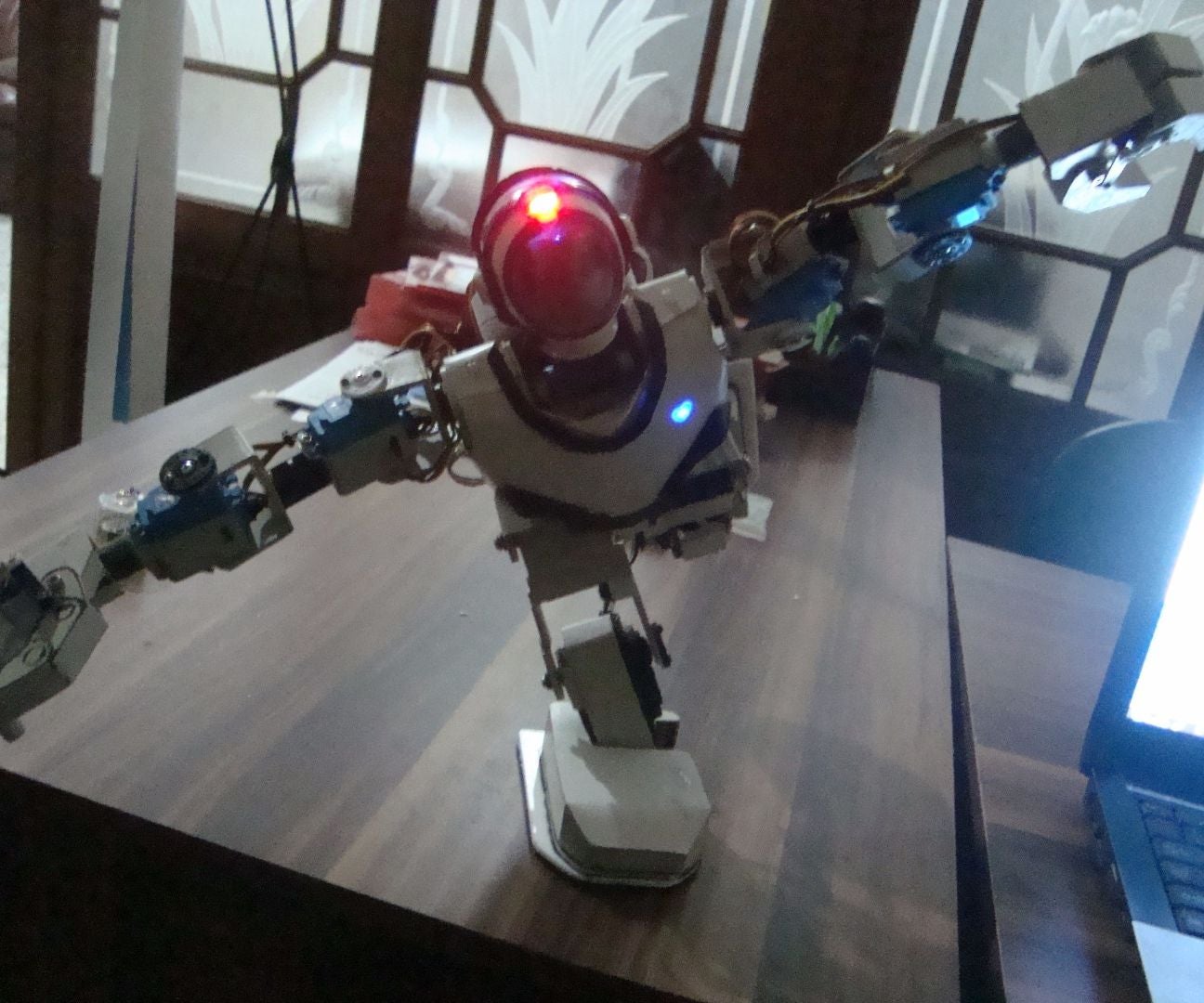
Low-Cost Humanoid Robot Constructed from PVC Water Pipe
A recent project details the construction of a functional humanoid robot utilizing readily available and inexpensive materials, primarily PVC water pipe. The endeavor focuses on creating an accessible platform for robotic experimentation and learning.
Design and Construction
The robot's structure is predominantly built from PVC pipes and fittings, chosen for their low cost and ease of manipulation. These materials form the limbs, torso, and head of the humanoid form. The design emphasizes a modular approach, allowing for potential modifications and upgrades. Standard hardware, such as nuts, bolts, and screws, are employed for assembly.
Functional Components and Control
The robot incorporates servo motors to enable movement in its joints, facilitating a range of motion. These servos are controlled by an Arduino microcontroller, a popular open-source platform for electronics projects. The Arduino processes input and sends commands to the servos, allowing for programmed actions and basic mobility. Power is supplied by a battery pack. The project documentation outlines the electrical connections and programming necessary to bring the robot to life.
Conclusion
This project demonstrates the feasibility of constructing a humanoid robot with a limited budget by leveraging common plumbing materials and accessible electronics. The use of PVC pipes and an Arduino microcontroller provides a cost-effective and educational pathway into robotics development.